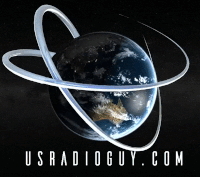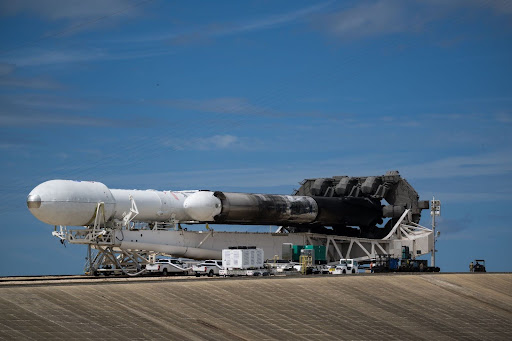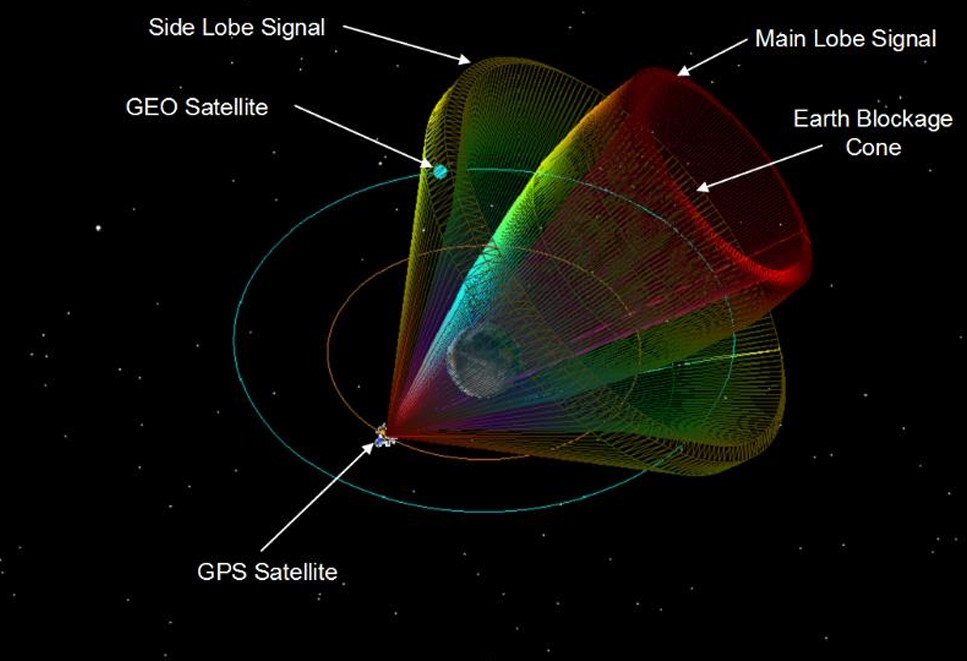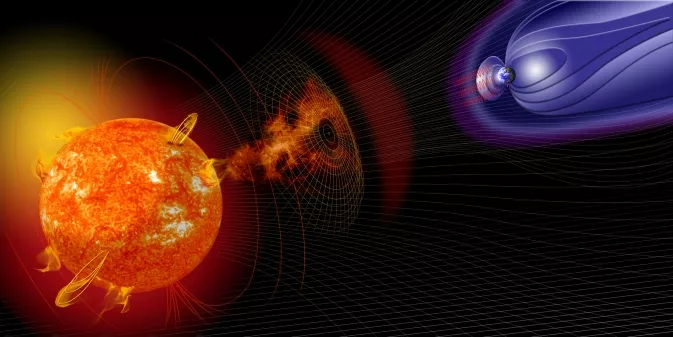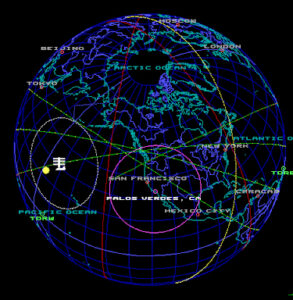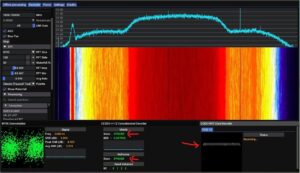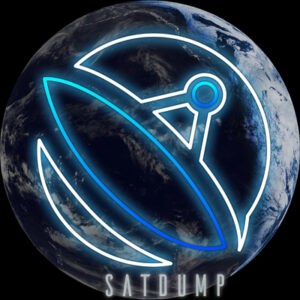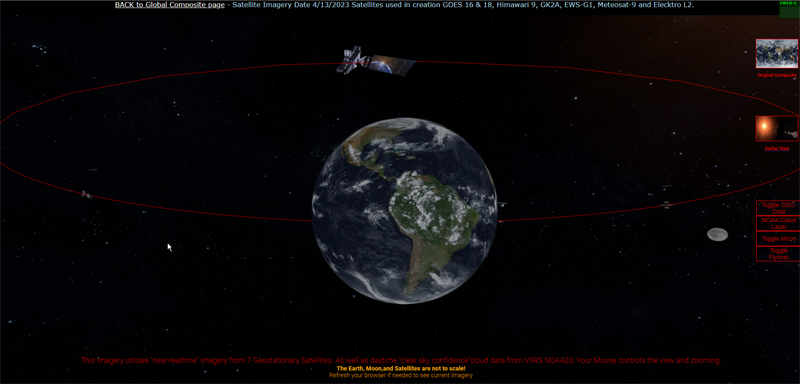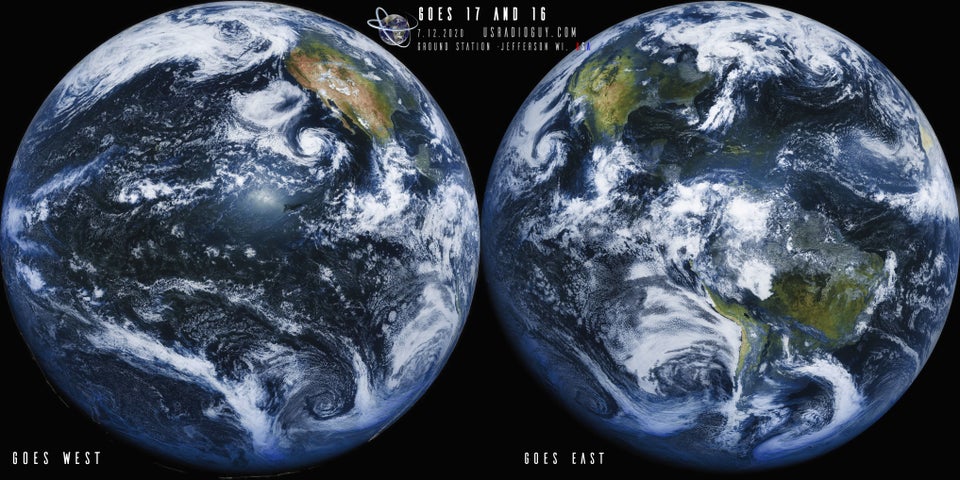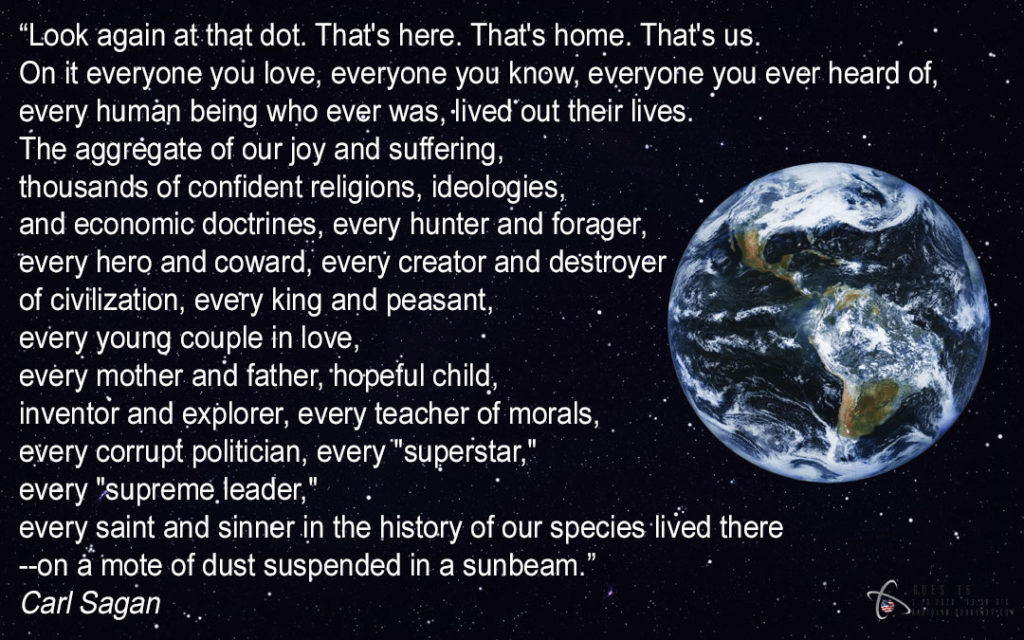Home
Somewhere, something incredible is waiting to be known.
Carl Sagan
If you would like to support this site and what I do, consider visiting my Ko-fi page. Anything helps. Special thanks to these donors;
July 27, 2024 1:11 amNewest Pages on the site
Who and What are Satellite Data and Imagery Enthusiasts?
Click here to view today’s Global Planetwide Composite from 7 Geo-Stationary Satellites
Featured Videos
This site is designed by me to help out folks like you, who use radios, namely Software-Defined Radios or SDR’s for experimenting, scanning, decoding, etc.
The who and what of Satellite Data and Imaging Enthusiasts
Imagine a dimension, not of sight, but of unseen secrets. A dimension where whispers brush the atmosphere, carrying messages from machines that circle a lonely blue marble. In this penumbra, a new breed of explorers exists. We call them…Satellite Data and Imaging Enthusiasts.
These are not your typical stargazers. They squint not at twinkling points of light, but at the silent metal messengers humanity has flung into the void. Armed with contraptions that look like rusty jungle gyms – repurposed dishes, software-defined whispers – they reach out, snagging fragments of data cast from on high.
LEO and GEO, acronyms that roll off their tongues, speak of these celestial couriers’ celestial highways. Low Earth Orbit, whispers brush by at a dizzying 2,000 kilometers. Geostationary, giants hang suspended, their gaze fixed on our spinning world.
Once a realm for the privileged few, the veil has begun to thin. Open-source secrets and affordable tools have democratized the hunt. Now, anyone with the hunger and the know-how can become an interceptor, a decoder of the celestial messages.
They are a global tribe, these data wranglers. Bound not by borders, but by the shared thrill of the unseen. Online forums hum with their conversations, a language of frequencies and algorithms. They are citizen scientists, alchemists turning raw transmissions into maps and models, a glimpse into the veiled workings of our planet.
Weather, the tempestuous ballet of atmosphere, is a favorite target. With a flick of a switch, they become storm trackers, their screens glowing with the fury of approaching hurricanes. But their curiosity is boundless. They peer into the belly of the Earth, decode the whispers of airplanes, and map the silent symphony of our environment.
These are the fringe dwellers, the ones who listen to the whispers from above. With a twist of a knob and a glint in their eye, they unlock the secrets the sky broadcasts. The question isn’t who they are, but what they might find. What lies hidden in the data stream? What message from beyond the veil waits to be decoded? The answer, my friend, is out there.
How to get started
For those interested in getting started with receiving and analyzing satellite data, many excellent resources are available. Websites like usradioguy.com offer tutorials and advice on setting up and building antennas and receivers. There is a list of helpful and informative websites here. Other helpful websites include NOAA and EUMETSAT, which share satellite imagery from their weather satellites with the public. Additionally, there are a number of online forums and discussion boards where enthusiasts can ask questions and share their experiences.
For those who are willing to invest the time and effort, receiving satellite data and imagery directly from satellites can be a rewarding hobby. Not only does it provide a great opportunity to learn about the latest technologies and build complex equipment, but it also allows enthusiasts to make a direct connection with satellites in the sky, and people with similar interests around the planet.
With the right tools and knowledge, anyone can become one of these enthusiastic explorers, unlocking the secrets of the skies.
If you like what I do please support me on Ko-fi, It really means a lot, every bit helps!
I am just someone who likes to experiment with a lot of different tech. From old tube radios to the latest in SDR.
I am a history buff, and a technology geek, born 100 years too late and 100 years too early. I hope this site helps you out in exploring just some of the interesting things software-defined radio can offer.
You’ll find links to my different pages on the menu at the top of every page. This is continually updated, so stop back sometime and have a look!
’73’
And now for something completely different… I have been interested in science, and space in general because of one influential man, Carl Sagan. Since I read his books, Cosmos, Contact, Pale Blue Dot: A Vision of the Human Future in Space, Broca’s Brain, and saw him lecture, I have always felt the need to look deeper and to look up, if for no other reason, than to just “wonder”.
